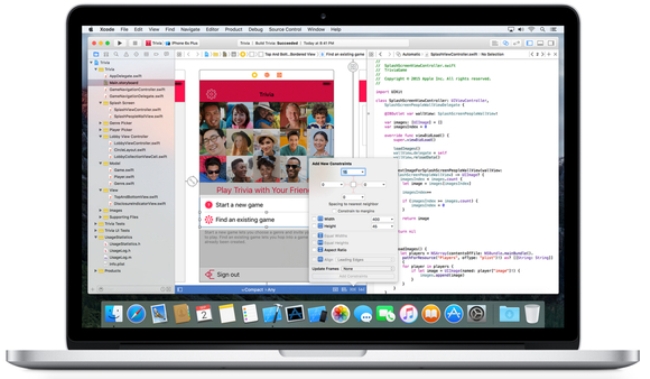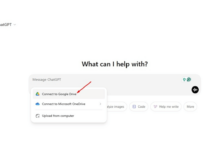Apple app store contain XcodeGhost, which can cleverly sneak into the machine without prior knowledge.
Scratch Arnott couldn’t make sense of as of late why Apple continued dismissing an upgrade to a versatile application his organization created. It turned out the issue was a phantom in the machine. His organization, Possible Mobile, is knowledgeable in the App Store accommodation administers and has manufactured applications for JetBlue, Better Homes and Gardens and the Major League Soccer. The dismissal came after it was found in mid-September that the great many applications in the App Store had been assembled with a fake rendition of an Apple improvement instrument, Xcode.
The fake form, named XcodeGhost and presumably created in China, had been downloaded by numerous engineers from outside sources, obviously on the grounds that getting the 4GB code from Apple took too long. Security specialists found that applications with XcodeGhost represented a protection hazard, as the applications could without much of a stretch be designed to record information from individuals’ gadgets and send it to a remote server.
iOS Application Company Found XcodeGhost in Apple App Store
The passage of more than 4,000 XcodeGhost-contaminated applications into the App Store stamped a standout amongst the best ruptures of Apple’s stringent security checks, debilitating to undermine the organization’s years-long endeavors to keep the store free of malware. After its application was rejected, Possible Mobile set out to figure out why and nitty gritty its endeavors in a blog entry.

Apple had shown it had something to do with XcodeGhost. Be that as it may, Arnott and his group were puzzled: The variant of Xcode they were utilizing was the honest to goodness one. They reinstalled crisp variants of Xcode on a few machines, yet Apple still rejected the application. Making a versatile application is somewhat like making hotdog: A considerable measure of code structures and libraries created by different organizations are utilized for capacities like advertisement serving and video conveyance.
Jay Graves said: the application having binaries and developed program but inside the code as we say source code is totally different, top application provider and creator companies are working in a different format to enroll the app to safeguard from malware. Application using third part is also a serious matter, which need to revoke.
Attempting to make sense of what is in a parallel is the thing that security scientists do, not application designers, Graves said. In the wake of scratching their heads, they speculated that the issue was presumably in an outsider structure. The structure had been gathered with a spoiled Xcode rendition, and that code was in this way consolidated into the application by Possible Mobile. Subsequent to being cautioned, the organization that built up the structure settled the issue and conveyed a spotless rendition, Graves said.
Also Read:
- TinyOwl Founder Detained in a Room for Two Days By Laid-Off Employees ,
- Blackberry Launched Android Phone Priv- Specifications , Design & Release Date ,
- 9 Year Old Boy is a Cyber-expert, Ethical Hacker & CEO
Apple can now recognize applications tainted with XcodeGhost. In any case, there’s as of now an enhanced variant of XcodeGhost that tries to make it harder to investigate and identify. The feline and mouse diversion will stance challenges for Apple and engineers, Graves said. Apple’s direction can be dubious when applications are rejected, most likely to forestall assailants getting tipped off about Apple’s security forms.


